Le Tastevin - October 19, 2016 - Miscellaneous Italian Wines (Hosts: Ron & Kareem)
Tonight's tasting introduced a number of wine varieties we often do not often have during our Italian wine samplings. Our Italian wines usually have Nebbiolo or Sangiovese and may be blended with Cabernet Sauvignon, Merlot, Cabernet Franc and Syrah. However, tonight our wines were made with Aglianico, Merlot, Corvina and other varieties. Most of these wines (save a few) represent good value, and may be found on restaurant lists and go very well with food.
Starter
Catrizze Prosecco NV
US$42 - This is a wine the club has had before. A simple starter wine, with some carbonation, it is well-made.
Reds
Nero d’Avola 2013 (Sikelia)
($11) – A popular wine in Sicily, often seen on many menus, this is a simple, familiar wine.
Montiano 1999 (Falseco)
IGT, a merlot wine from Lazio.
La Braccesca 1996
Another merlot from Tuscany. Compare this with the Montiano wine, an example of the difference in terroir.
Rosso di Montalcino 2012 (Uccelliera)
$22 - this is a great maker, an early drinking style of Sangiovese Grosso, a lower-cost alternative to Brunello. It is ready when shipped, with many excellent vintners in the market.
Kye 2007 (Vajra)
$52 – the freisa grape from Piedmont, high volume, it is popular. This grape is related to Nebbiolo, dark ruby colored, dry on the tongue but not particularly tannic, light nose, fruit clearing showing. For those who crave a softer red (Bordeaux) this is half-way done the scale, definitely not flabby.
Barbera 2013 (Vietti)
$18 – Piedmont, light tannin, good acidity, a wine that excellent with food.
Dolcetto 2013 (Vietti)
$21 – a locally popular wine, this one is an upgrade in sweetness.
Sagrantino di Montefalco 2000 (Arnaldo Caprai)
$56 – DOCG, made with 100% Sagrantino grape made with his son Marco, who decided to prove the ability to make a quality wine with this variety. Umbria also makes Cervaro della Sala, powerful, one of the world’s most tannic grapes. Only 1,631 acres with about 50 producers.
Serpico dei Feudi San Gregorio 2001
ca. $30. Made with aglianico grapes, a high acid, low tannin. From the Campania province, from the commune Serpico, made by Feudi with 100 year-old vines, partial new barriques. Irpinia is the wine-making center of the region, the “Nebbiolo of the South”. Volcanic soils, wines have a long shelf life.
Radici Taurisi Riserva 2007 (Mastroberardino)
$44 – another wine from the aglianico grape, this grower is a champion of this variety and the area. He essentially saved the grape. In 1994 the family split with second label Terradora di Paolo, and in 2014 WS had regional ratings of 6 of top 10 from one of these 2 families. In the early 1990s only Mastro was available for export; by the mid-2000s there were over 290 producers in the Taurasi zone.
Valpolicella Superiore 2009 (Dal Forno)
$66 - hot vintner trained by Quintarelli, has a high volume. A blend of corvina, rondinella and oseleta grapes. Look for power: over a year of aging in wood, while this producer does 2 years. There are many forms of valpolicella, with some as fresh as Beaujolais Nouveaux (serve chilled). Most WS valpolicello ratings are in the 87-90 range. Dal Forno’s Amarone requires 10+ years of aging, are very pricy but are concentrated and ageless.
Valpolicella Ripasso 2007 (Bussola)
$21 - another hot vintner, uses a different cepage of corvine, rondinella and molinara grapes. Known for raw power, modern style of production marked TB, traditional style marked BG (his uncle), Ripasso refers to “repassed” process, first marketed by Masi, with the pomace of leftover grape skins and seeds from fermentation of recioto and amarone added to a batch of valpolicella wine for extended maceration. This added food source boosts alcohol and leaches tannin, glycerin & phenolics.
Dessert
Amarone 2006 (Bussola)
$117 - upgraded ripasso style, expensive, excellent vintner. Known for raw power along with Dal Forno, may be similar to port style. Uses the Recioto style process, with harvest, grape sorting and drying 3 months on mats, pressed and fermented. Rising production levels (1996 <4 mil bottles, 2006 16 mil bottles) implies quality may suffer.
Images of some of the wines sampled (forthcoming).
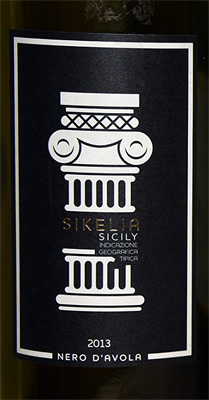
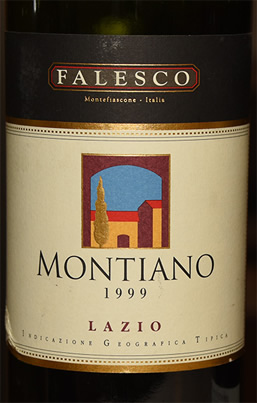
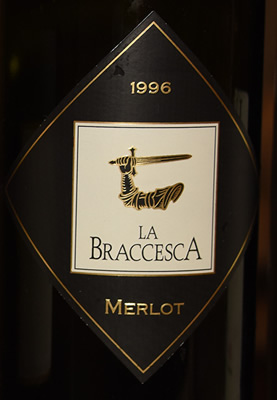
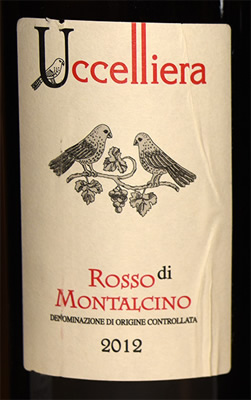
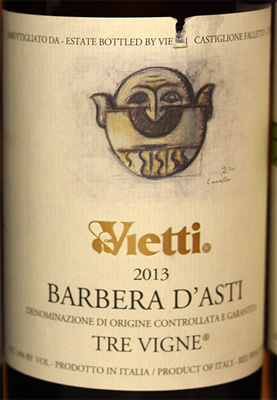
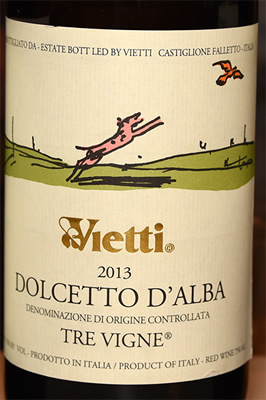
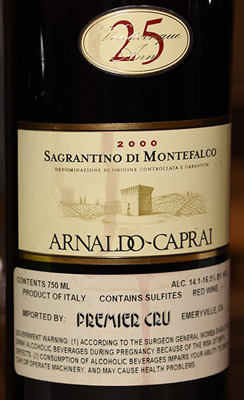
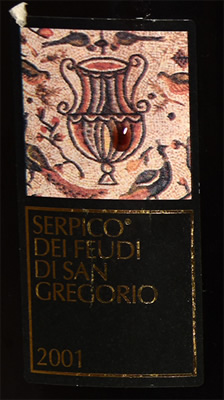
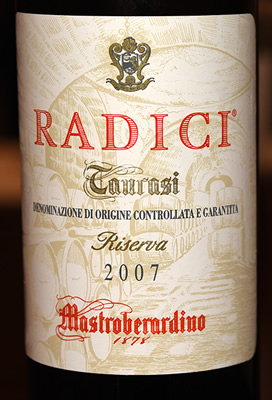
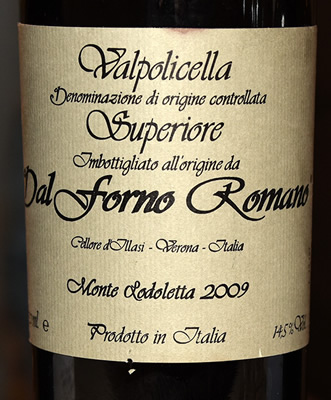
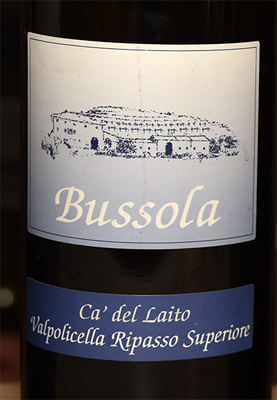
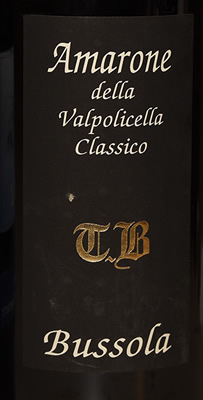
Page last edited: November 10, 2016 (EB)
